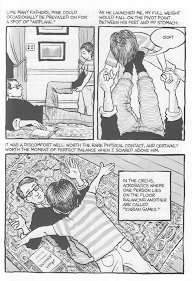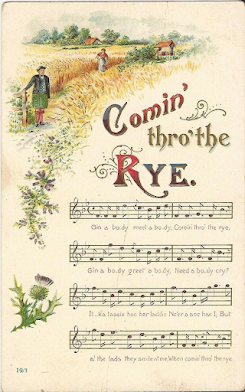When the Parents Come...
Although each chapter in Sag Harbor gives way to a crucial development in Benji’s coming-of-age narrative during this particular summer, the chapter, “To Prevent Flare-Ups,” stood out to me because it is the first time we hear in depth about Benji’s entire family dynamic. Benji and Reggie have been navigating their summer vacation on their own until now, and the lack of adult supervision sometimes leads them to detrimental situations; however, the arrival of their parents doesn't exactly bring back the stability that one might expect from adults. By themselves, Benji and Reggie more easily succumb to potentially harmful plans with their friends, for example, the BB-gun war where Benji actually gets wounded after Randy breaks the rules and pumps his BB gun more than twice (causing breakage of the skin). They had purposefully created this rule in order to avoid hurting anyone because their intention was to still have a “proper” adult fight but without any of the actua


